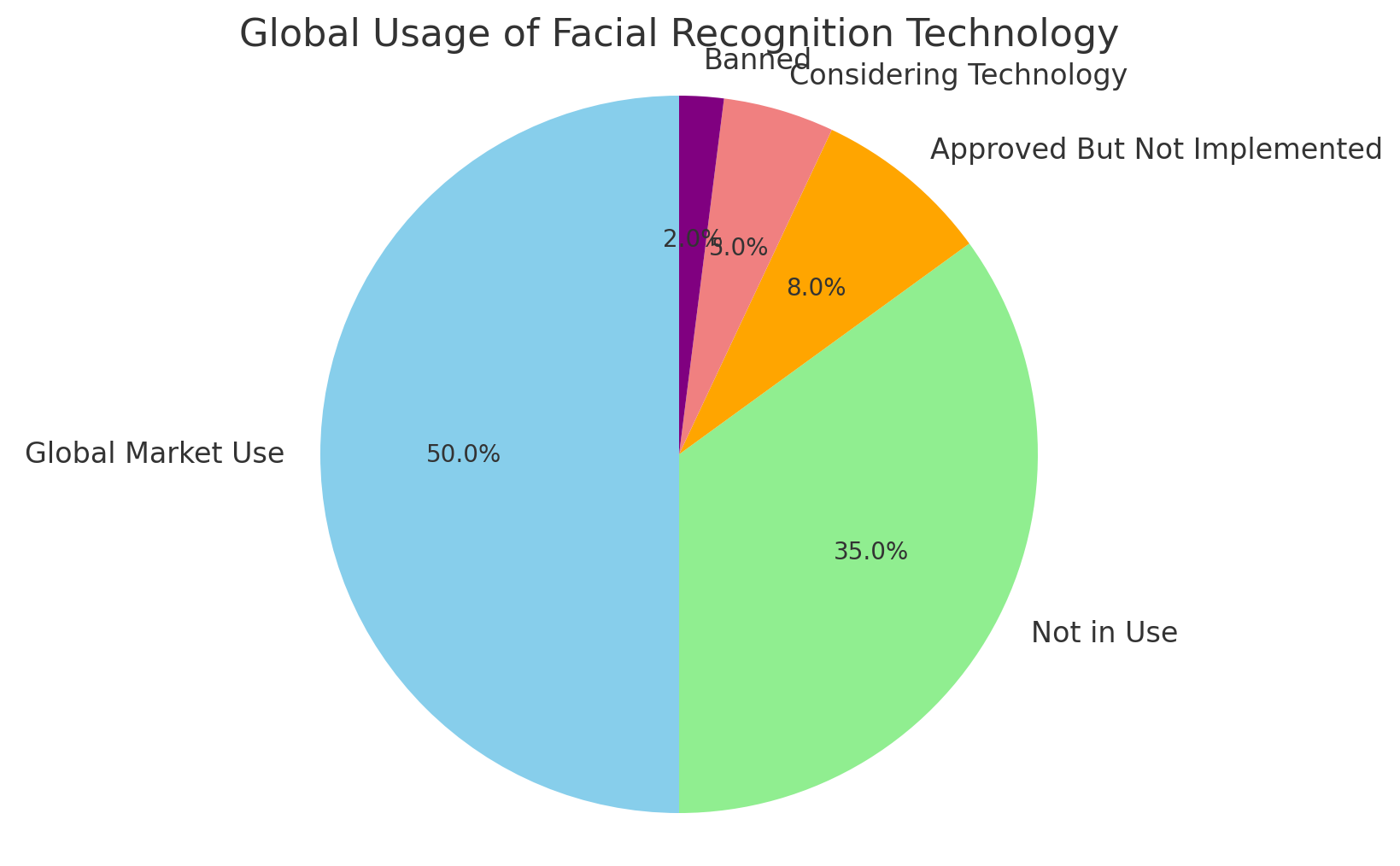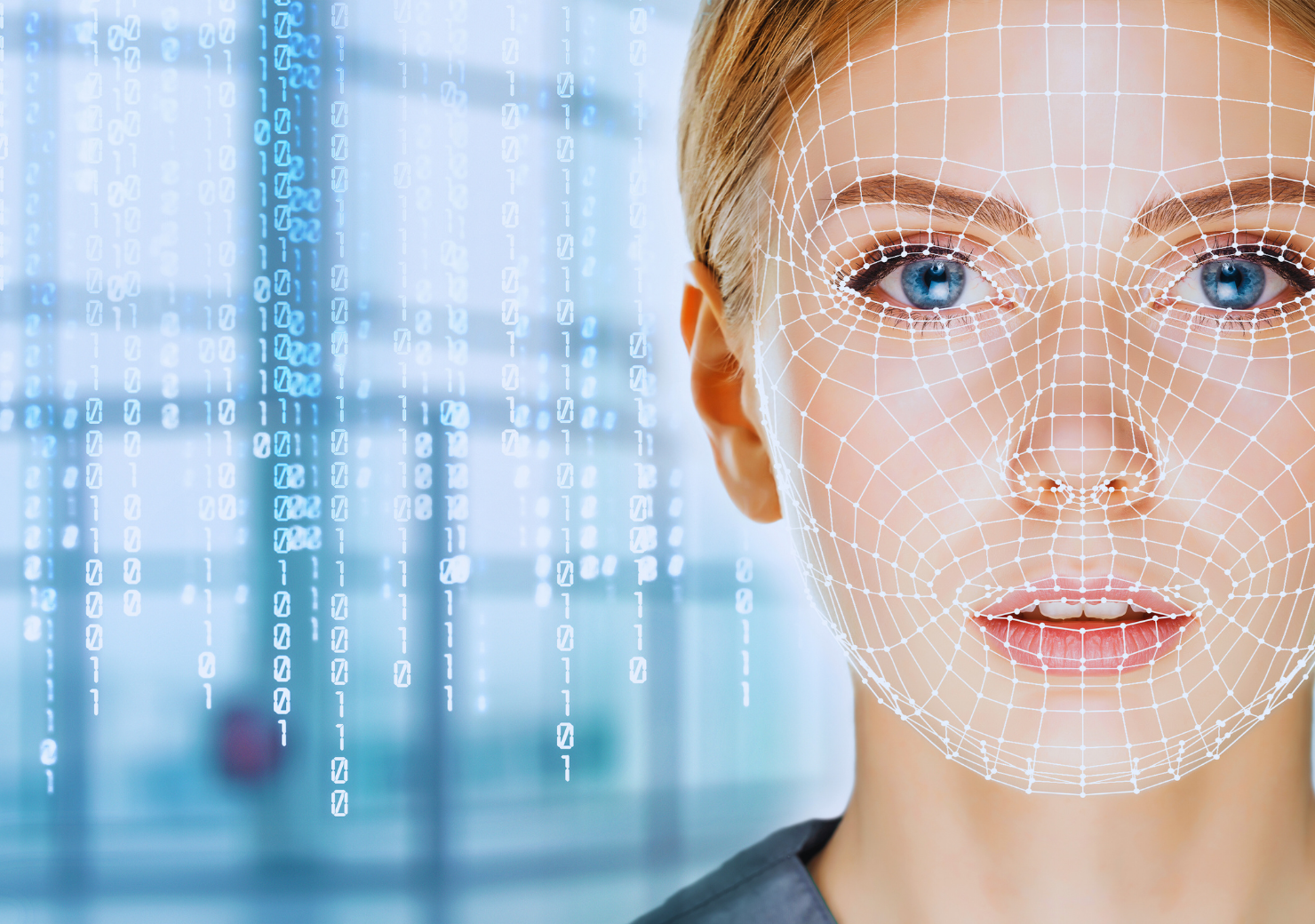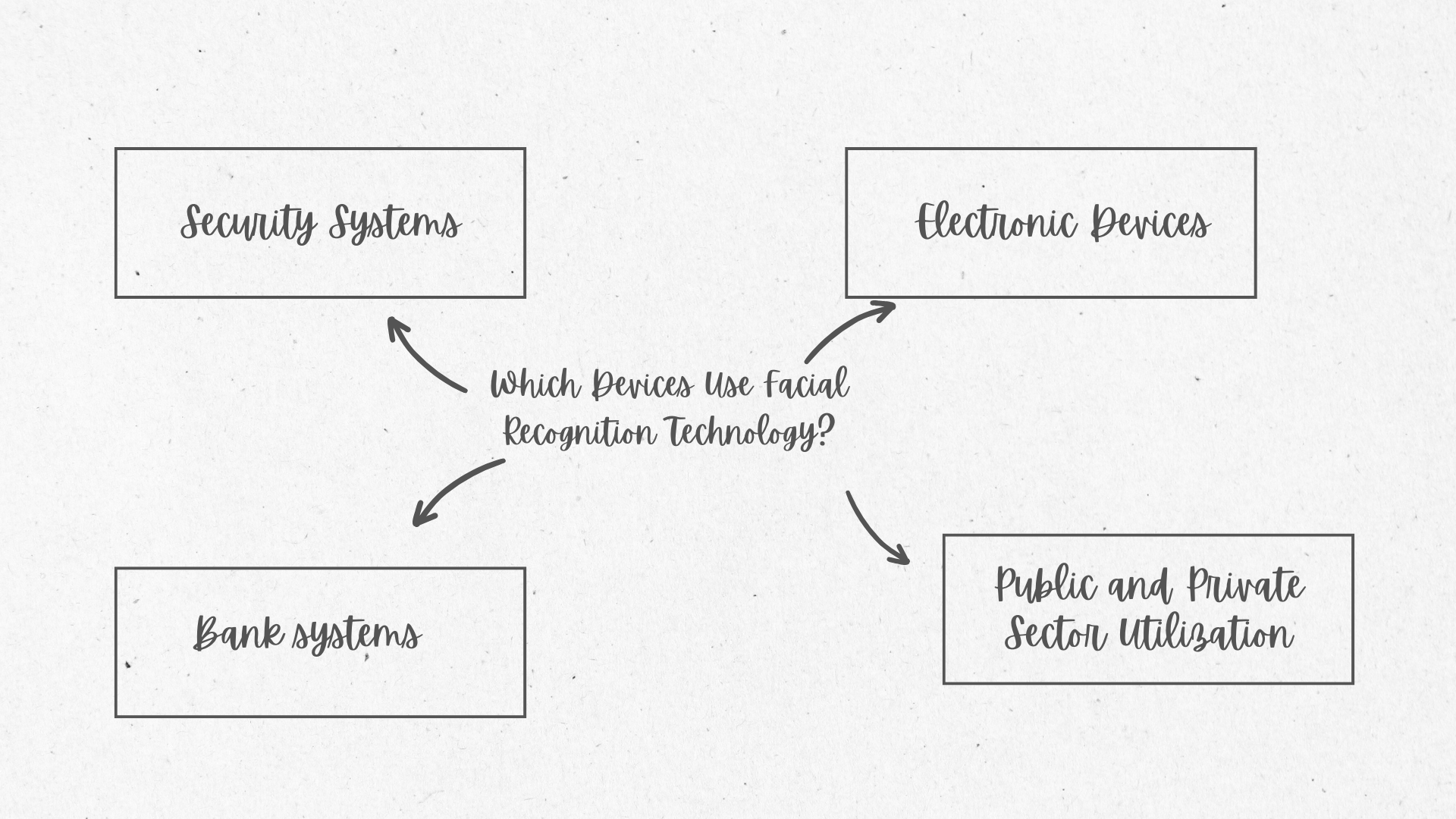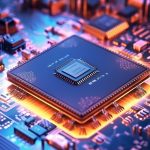Facial recognition technology is a biometric system that allows for identity verification and recognition using an individual’s facial features. This technology has become a part of modern life, playing a key role in security and various other fields, and continues to evolve rapidly with advancements in technology. In this article, we will discuss how facial recognition technology works, the scientific foundations behind it, its applications in daily life, and its effects on security and privacy.

What is Facial Recognition and How Does It Work?
Facial recognition technology is a biometric method that identifies or verifies an individual by analyzing their facial features. This technology detects the unique characteristics of a person’s face from a photograph or video and converts it into a digital model. The distinctive points on the face (such as the positions of the eyes, nose, mouth, and chin) are measured, and this data is used to create a digital faceprint. This faceprint is then stored in a database and used as a reference for future recognition tasks.
The facial recognition process typically involves several steps: first, the system detects and isolates the face in an image. Then, the key facial features are analyzed and converted into a model. Finally, this model is compared with other records in the database, and if a match is found, the identity is confirmed or the recognition is performed. Facial recognition generally relies on 2D and 3D image processing technologies and works with data obtained from cameras.
The Science Behind Facial Recognition Technology: What Technologies Are Used?
The core technologies behind facial recognition systems include computer vision, artificial intelligence (AI), and machine learning. Computer vision is crucial in the detection and analysis of facial images, helping the system to identify key facial features. AI and machine learning, on the other hand, enable the development of algorithms that analyze and classify these images, facilitating the recognition of faces.
Deep learning is one of the most important technologies used in facial recognition systems. Deep learning algorithms, trained on large datasets, can recognize a wide range of facial expressions, age groups, genders, and other biometric differences. As a result, the system’s accuracy improves, enabling it to successfully recognize faces even under varying conditions. For instance, deep learning allows for the identification of individuals even when their photos are taken from different angles or in poor lighting conditions, or when they are wearing glasses.
Facial Recognition with Artificial Intelligence and Deep Learning
Artificial intelligence and deep learning are essential components of facial recognition technology. These technologies improve the accuracy of facial recognition systems by being trained on large datasets. Deep learning algorithms are capable of identifying thousands of unique facial feature points and understanding complex relationships between them. AI analyzes these relationships to determine which face belongs to whom, providing a more secure identity verification process.
In recent years, significant improvements have been made in facial recognition systems thanks to deep learning. When trained on thousands of photographs, these systems can detect even minor biometric differences between individuals. For example, features such as face shape, bone structure, and skin texture are analyzed to create a unique model for each person. This not only ensures the reliability of facial recognition technology but also enables it to operate accurately in a wide range of conditions.
Applications of Facial Recognition Technology in Daily Life
Facial recognition technology is widely used in various sectors and applications today. One of the most common uses is in personal security, particularly in unlocking smartphones and tablets. Additionally, it is employed in airports for passport control, in financial transactions for identity verification, and in shopping centers and public spaces for security monitoring. This technology is also prevalent in online banking, social media platforms for photo tagging, and many other areas.
On mobile devices, facial recognition technology offers users a fast and secure way to authenticate their identity. With this technology, users can unlock their phones or securely access banking apps without the need for passwords. Furthermore, facial recognition is used for automatic check-ins at airports, customer recognition systems in shopping malls, and even for organizing and tagging photos on social media platforms.
Effects of Facial Recognition Technology on Security and Privacy
While facial recognition technology provides significant benefits in terms of security, it also raises serious privacy concerns. The collection and use of biometric data without consent can be seen as a violation of personal privacy, leading to widespread public debate. Particularly in cases where facial recognition is used for mass surveillance, there are concerns about unauthorized tracking of individuals and potential invasions of personal privacy.
To address privacy violations, it is essential to ensure that facial recognition systems are used transparently, with individuals being informed about how their data is collected. Additionally, measures must be taken to secure the data during use and ensure that biometric information is not misused. Implementing strict data protection policies and regulations is crucial to mitigate the risks associated with this technology.
Facial Recognition: Advantages and Challenges
Facial recognition technology offers many advantages. One of its key benefits is that it provides a fast and easy method of identity verification. Compared to other biometric methods (such as fingerprints or iris scans), facial recognition is less intrusive and more user-friendly. However, the technology also faces some challenges. In particular, low-quality images, lighting conditions, or situations where part of the face is obscured can reduce the system’s accuracy.
One of the weaknesses of facial recognition systems is their performance in situations where masks, glasses, or other accessories are worn. In such cases, the system’s ability to recognize the face may decrease. Nevertheless, advancements in AI and deep learning algorithms are helping to overcome these challenges.
Which Devices Use Facial Recognition Technology?
Facial recognition technology is used in many electronic devices, including smartphones, tablets, and laptops. These devices employ facial recognition to provide secure access to the user’s personal data and protect their privacy. Additionally, facial recognition is utilized in security cameras, building access control systems, and even ATMs to enhance security.
Moreover, airports, public buildings, and certain private institutions are integrating facial recognition systems for security purposes. Particularly in high-security areas, this technology helps control entry and exit points and prevents unauthorized access.
What are the rates of use of facial recognition technology worldwide?

This graph is based on data from https://www.visualcapitalist.com/. The pie chart above illustrates the global distribution of facial recognition technology usage. Approximately 50% of the world’s countries have implemented facial recognition technology in various sectors, making it a significant part of security and personal identification systems. Around 35% of nations have not yet adopted the technology, while 8% have approved it but have not fully implemented it. About 5% of countries are still considering the adoption of facial recognition, and 2% have outright banned its use, citing privacy and ethical concerns. This highlights both the growing trend toward adoption and the ongoing debates over its regulation.
How Reliable is Facial Recognition Technology?
The reliability of facial recognition technology depends on the accuracy of the algorithms used and the quality of the data. Advanced AI and deep learning models enable facial recognition technology to achieve high accuracy rates. However, it is important to note that these systems are not completely error-free and can sometimes make incorrect identifications. When data quality is low, the likelihood of incorrect results increases.
For this reason, facial recognition technology is often used in conjunction with other verification methods. For example, two-factor authentication (2FA) can be implemented to enhance security and make the technology more reliable.
The Future of Facial Recognition Technology: Progress and Expectations
The future of facial recognition technology looks promising. Continuous advancements in AI and deep learning are expected to further improve the technology. In the future, facial recognition systems are expected to become faster, more reliable, and more widely adopted. In particular, it is predicted that this technology will play an even larger role in security.
However, as facial recognition technology becomes more widespread, privacy and ethical concerns will also become more prominent. Therefore, it is essential that regulations and standards be developed to ensure that facial recognition systems are used within legal and ethical boundaries.
How Is Data Privacy Ensured with Facial Recognition?
For facial recognition technology to be used safely, ensuring data privacy is of critical importance. Strict security measures must be taken to ensure that users’ biometric data is stored securely and not misused. Data encryption, anonymization, and regular security audits are some of the methods used to mitigate the risks associated with this technology.
In conclusion, facial recognition technology is a powerful biometric system that offers many advantages and is used in various fields. However, to ensure the safe and ethical use of this technology, data privacy must be prioritized, and necessary legal regulations must be established. In the future, it is anticipated that facial recognition technology will become even more widespread and an indispensable tool in many aspects of life.
How Does Facial Recognition Technology Work in World Brands?
Facial recognition technology is used by major global brands such as Apple, Facebook (Meta), Google, Amazon, Microsoft, Alibaba, Clearview AI, Samsung, Coca-Cola, and many airlines for various purposes. Apple enhances device security with Face ID, while Facebook and Google have utilized this technology for social media and photo organization. Amazon’s Rekognition system is used for security and surveillance, while Microsoft offers identity verification services through its Azure Face API. Alibaba simplifies payment processes with Alipay through facial recognition, Clearview AI assists security forces with identifying individuals, and Samsung enables unlocking devices with facial recognition in its Galaxy series phones. Coca-Cola uses this technology to personalize customer experiences, and many airlines provide fast identity verification for passengers using facial recognition technology.













